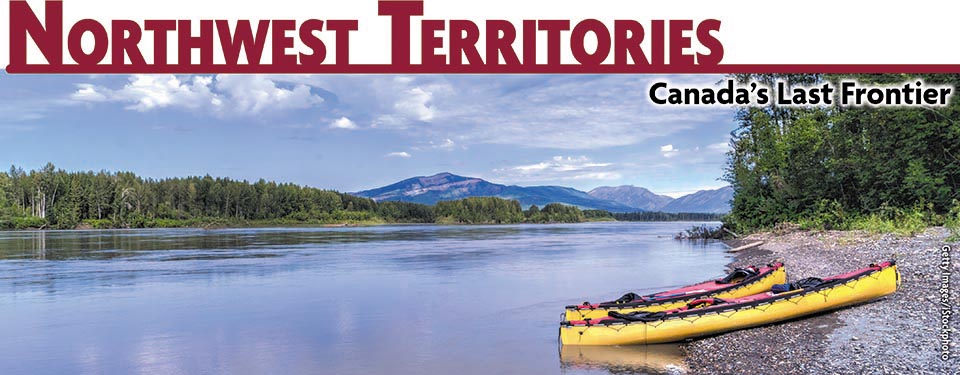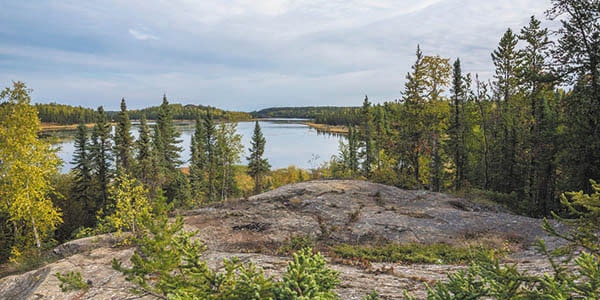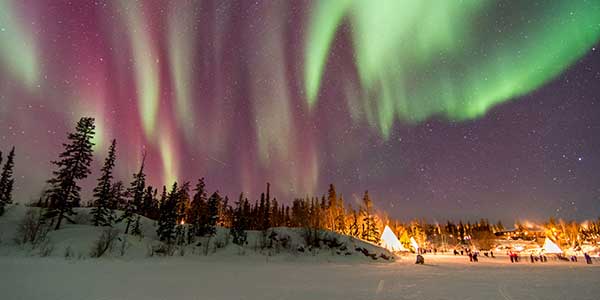

Welcome to Northwest Territories
The Inuit name for the Northwest Territories translates simply to “beautiful land,” and it’s easy to see why. From boreal forest to arctic tundra, the landscape is diverse, expansive and serene. It’s also immense in scale, boasting waterfalls taller than Niagara and the deepest lake in North America, Great Slave Lake. Exploring this rugged wilderness is surprisingly easy, because well-maintained highways connect many of the top attractions. Yellowknife, the regional capital, has quickly become one of northern Canada’s most vibrant and quirky cultural destinations.
Awesomely Outdoorsy
The easily accessible Yellowknife, Mackenzie and Hay River Highways allow visitors to piece together trips through wide swathes of the southern half of the territory. Seize the opportunity to fly-fish, hike and whitewater raft in remote areas like Wood Buffalo National Park and Nahanni National Park, where one of the world’s great wonders, 300-foot-tall Virginia Falls, beckons travelers.

Party in the NWT
Despite its rugged reputation, the NWT is home to a wide variety of festivals and events that celebrate the cultural and artistic heritage of the region. Yellowknife’s Folk on the Rocks Festival in July is beloved as the most intimate music festival in North America, while the Old Town Ramble and Ride in August is an eco-friendly event that honors the artists and artisans of Yellowknife’s Old Town. As the snow begins to melt each spring, locals take to the frozen waters of Great Slave Lake for the Long John Jamboree, a high-spirited celebration of having made it through another round of cold winter months.

Dramatic Vistas
It’s hard to top a landscape this dramatic, but the NWT’s biggest draw is actually directly overhead. The province is renowned as one of the best places in the world to experience the Northern Lights, and many visitors to Yellowknife time their trip around observing the surreal dance of color and radiance. While there, make sure to visit local landmarks like the Prince of Wales Northern Heritage Centre, a museum and archive that offers educational programs and exhibits highlighting the indigenous and frontier heritage of the region, as well as the Wildcat Café, a log-cabin restaurant that first opened to serve gold prospectors in 1937.